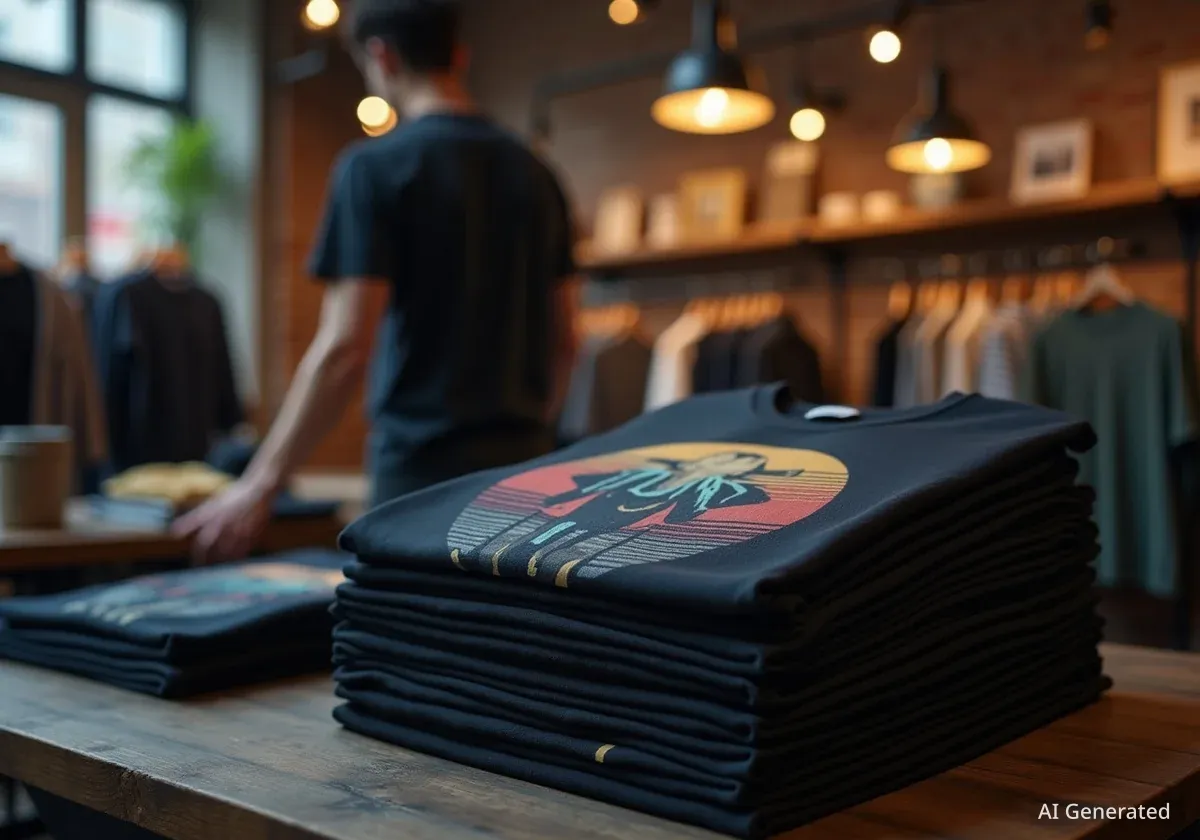Local radio advertising is set to generate substantial revenue in 2025, with projections indicating a total of $12.3 billion. This figure positions local radio as the fifth-largest media platform for ad spending, excluding political advertising. A significant portion of this revenue, specifically $2.3 billion, is expected to come from digital radio platforms, highlighting a growing trend in the media landscape.
These insights come from BIA Advisory Services' latest forecast, titled "Finish 2025 Strong; Kickstart 2026 with Momentum." The findings were presented and discussed during a recent RAB Live Presentation. Industry experts emphasized the importance of understanding current and future market dynamics to maximize growth opportunities as 2025 concludes and 2026 approaches.
Key Takeaways
- Local radio revenue is forecast to hit $12.3 billion in 2025.
- Digital radio will contribute $2.3 billion to this total.
- Local radio ranks as the fifth-largest media for ad spending.
- Top ad categories for traditional radio include Investment Advice and QSRs.
- Connected TV (CTV) and Over-The-Top (OTT) platforms will offer new bundling opportunities for radio advertisers.
2025 Local Advertising Market Overview
Total local advertising spending across all media is projected to reach $168.2 billion in 2025, not including political spending. Local radio's share of this market demonstrates its continued relevance and strength as an advertising medium.
The BIA forecast provides a detailed outlook, helping businesses and advertisers strategize for the end of 2025 and plan for 2026. Understanding shifts in consumer behavior and spending across various local business categories is crucial for driving future growth.
Market Fact
Local radio is projected to be the fifth-largest media platform for advertising spending in 2025, excluding political ads.
Leading Ad Categories for Traditional Radio
Several traditionally radio-focused advertising verticals are expected to be key drivers of revenue in 2025. These sectors consistently invest in radio advertising to reach their target audiences.
- Investment & Retirement Advice: Financial services continue to rely on radio to connect with potential clients.
- Quick Service Restaurants (QSRs) and Fast Food: These businesses frequently use radio for promotions and local outreach.
- Supermarkets: Grocery stores advertise on radio to inform consumers about deals and new products.
- Commercial Banking: Banks utilize radio to promote services and build local presence.
- Hospitals: Healthcare providers advertise for various services and community health initiatives.
Growth in Radio Digital Advertising
Radio's digital segment is experiencing significant growth, attracting new advertising dollars from specific industries. This indicates a strategic shift by businesses to leverage radio's online assets.
Key categories projected to see notable increases in ad spending on radio digital platforms include:
- Real Estate Development: Expected to increase by 8.2% year-over-year (YoY). Developers are tapping into digital radio to reach buyers.
- Mattress and Sleep Centers: Forecasted to rise by 2.3% YoY. These retailers are finding success with digital radio campaigns.
- Direct Life Insurance Carriers: Predicted to grow by 2.2% YoY. Insurance companies are expanding their digital radio presence.
These figures show that advertisers are increasingly recognizing the value of radio's digital offerings to expand their business reach and engage with consumers.
The Role of Connected TV and OTT
The expanding landscape of Connected TV (CTV) and Over-The-Top (OTT) platforms is creating new opportunities for local radio. These digital video channels will complement traditional spot radio ads, offering advertisers a more integrated approach.
This trend allows advertisers to bundle radio and CTV ads through radio stations. Such bundling enhances overall advertiser reach, combining the auditory impact of radio with the visual engagement of video platforms. This synergy provides a more comprehensive advertising solution for businesses.
Understanding CTV and OTT
Connected TV (CTV) refers to any television that can connect to the internet and access content beyond traditional cable or broadcast, such as smart TVs or devices like Roku and Apple TV. Over-The-Top (OTT) refers to content delivered via the internet, bypassing traditional broadcast or cable providers, often consumed on CTV devices.
Key Spenders Boosting End of 2025
The research also identified specific categories of spenders that are likely to boost advertising revenue towards the end of 2025. These segments are expected to make significant investments in the coming months.
Among these key spenders are:
- Tier 2 Local Auto Dealer Associations: These associations represent groups of local car dealerships.
- Direct Health & Medical Insurance: Companies offering health insurance directly to consumers.
- Clothing Stores: Retailers selling apparel and accessories.
Celine Matthiessen, VP of Insights and Analytics at BIA Advisory Services, offered a positive outlook on auto dealer associations for the fourth quarter. "They’re going to get new cars in," she stated. "There is still advertising going on. EVs, there’s still a big push for them. Certain brands, they’re still going to be spending. So make sure you get what you can from the local auto dealers.”
This quote highlights the ongoing advertising activity within the automotive sector, including for electric vehicles (EVs), which will contribute to radio revenue.
Influence of AI and Future Outlook for 2026
BIA's insights also touched upon how Artificial Intelligence (AI) is beginning to influence local radio advertising. While details were not fully disclosed, AI is expected to play a role in optimizing ad placements and targeting.
The organization's focus remains on identifying marketplace factors that impact local revenue. BIA believes that radio's core strength lies in its Over-The-Air (OTA) content. However, maximizing key digital strategies is essential to increase revenue and drive sales for local businesses.
Senan Mele, VP of Forecasting and Data Analysis at BIA Advisory Services, underscored radio's enduring importance. “The main takeaway, in terms of trends from all of that information, is that radio is still a very important ad platform,” Mele explained. “Sixty-four percent of U.S. adults listen to traditional radio, and over half of them tune in to AM and FM stations every day, averaging over 12 hours per week.”
This statistic reinforces radio's broad reach and consistent engagement with a significant portion of the adult population in the U.S. The high listenership numbers demonstrate its continued value to advertisers looking to connect with local communities.
As the industry moves towards 2026, combining traditional radio's strong listenership with innovative digital strategies, including those leveraging AI and complementary platforms like CTV, will be crucial for sustained growth in local radio advertising revenue.




